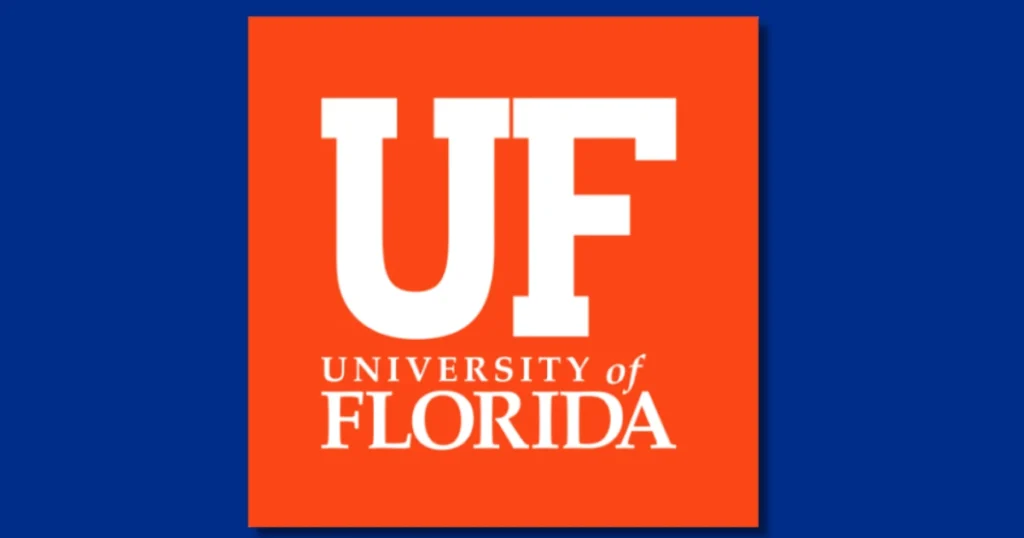A team of scientists at the University of Florida secured a $1 million grant from the National Science Foundation and created a decision support system aimed at helping South Florida communities manage the growing threat of sea level rise, groundwater flooding and saltwater invasion.
The project, led by Dr. Young Gu Her, professor of hydrology and water resources engineering at the Center for Tropical Research and Education at UF’s Institute of Food and Agricultural Sciences (UF/IFAS), is designed to equip local governments with tools to make informed decisions about climate adaptation, infrastructure investments and land use plans.
“This is ahead of the problem,” she said. “We aim to empower local governments with clear options that reflect both environmental and community realities before today’s risks become tomorrow’s emergency.”
The interdisciplinary team includes experts in stormwater engineering, biochemistry, agroecology and economics. Together we will explore how natural solutions, such as mangrove restoration, rain gardens, porous pavement and other “green infrastructure,” complement traditional flood protections such as canals and seawalls.
The low elevation of South Florida, the geology of porous limestones, and decades of development have made the area particularly susceptible to marine rises in freshwater supplies and saltwater contamination. Saltwater invasion has already affected farmland and drinking water in some areas.
“Salt water invasion is not a future concern and is already happening,” she said. “Because of our geology, elevation and development patterns, our region is at the forefront. It’s not just a matter of science, it’s a matter of people, food, and land.”
What distinguishes UF projects is their commitment to the actual application. The team’s decision support system is developed in close collaboration with local governments and incorporates real-time data, simulations, and economic analysis. Users can explore “what-if” scenarios and compare the effectiveness of different strategies under future climate and sea-level conditions.

The system also addresses key challenges in coastal water management. That is, the balance of groundwater flood mitigation and the risk of increased saltwater invasion. The tool is designed to help stakeholders identify strategies that minimize trade-offs and avoid unintentionally creating new vulnerabilities.
“Mangroves behave like coastal shields,” she said. “They reduce storm surges and prevent salt water from pushing into freshwater, while wetlands and green spaces absorb excess water and charge the aquifer. These solutions are more affordable than hard infrastructure and build long-term resilience.”
Economic modeling will be central to this initiative, allowing local officials to assess the cost-effectiveness of various flood mitigation and climate adaptation strategies.
“Economics helps communities make smarter and cost-effective choices,” she said. “Calculate how much each option reduces risk, the cost, and how it works over time.”
The project is scheduled to take place from September 2025 to August 2028 and includes opportunities for community involvement and integration into local planning activities. Although initially focused on southeast Florida, the UF team hopes that the framework will be adapted for use in the US and other vulnerable coastal regions overseas.


